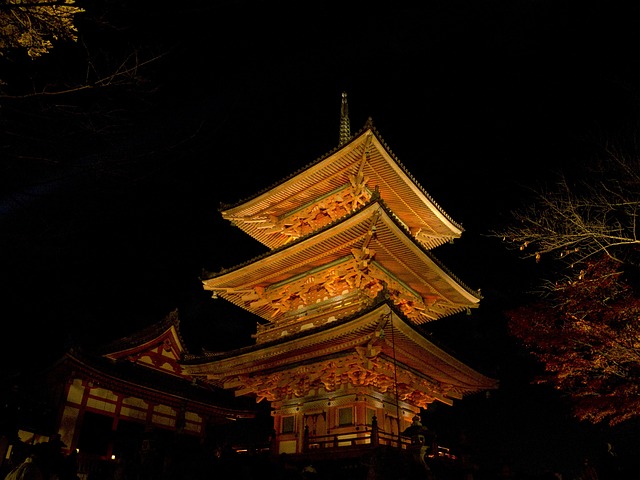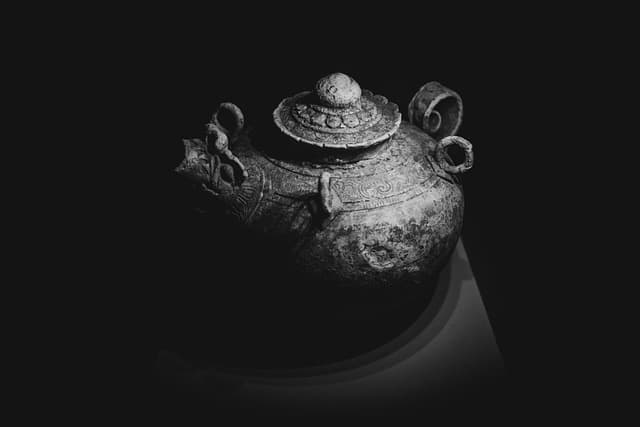The lotus is not just a beautiful flower, but a powerful symbol that has deep meaning across cultures and traditions. In ceramic art, the lotus is often used as a design element that carries many layers of meaning and inspires artisans around the world. In this article, we delve into the symbolism of the lotus in ceramics and reveal how it influences artists’ work.
Lotus symbolism: from spirituality to aesthetics
The lotus is widely recognized in Eastern cultures, especially Indian, Buddhist, and Egyptian. In each of these contexts, it has a unique meaning:
- In India, the lotus is a symbol of purity, enlightenment, and spiritual rebirth. In Hinduism and Buddhism, the lotus represents the process of purification of the soul despite the mud and silt in which the flower grows.
- In ancient Egypt, the lotus was associated with life and rebirth and was also a symbol of the sun. The Egyptians considered it a flower that symbolized the beginning of new life and rebirth.
- In China, the lotus is associated with harmony, longevity and femininity. Ceramic works often depict lotus flowers as a symbol of inner beauty and tranquility.
Lotus in ceramics: from antiquity to modernity
In ceramics, the lotus is often depicted in various forms, from traditional Chinese lotus vases to modern ceramic sculptures and tiles. Its soft lines and delicate shapes are perfect for capturing the beauty of nature through clay.
- Ancient Greek and Roman ceramists sometimes depicted the lotus as part of ornaments, symbolizing purity and harmony in the world around them.
- Contemporary ceramicists often use the lotus in abstract form, playing with its petals, colors and textures. Ceramic pieces featuring the lotus can be both decorative and functional, such as bowls, plates or even street sculptures.
The lotus as a source of inspiration for ceramicists
For many contemporary ceramicists, the lotus is not just a decorative element, but also a symbol of deep emotion and philosophical reflection. For example:
- Masters working in the Buddhist tradition often create lotus figurines to emphasize the philosophy of enlightenment and self-knowledge.
- Contemporary ceramicists, inspired by natural forms, use the lotus as a metaphor for overcoming challenges and growth. Molding and painting the lotus allows you to unleash your creativity and give the piece a unique meaning.
Lotus in modern collections
Contemporary ceramic collections dedicated to the lotus often focus on its diversity. Some pieces, such as vases, bowls or tiles, utilize glazing techniques to capture the unique texture of the petals. The lotus in these collections is often depicted in abstract or minimalist form, making it not just a design element, but an expression of philosophy and individual vision.
Conclusion
The lotus in ceramics is not only a beautiful and symbolic decorative element, but also a source of deep reflection and inspiration. This flower can convey ideas of purity, beauty, harmony and enlightenment that ceramicists and artists use to create unique works of art. Its shapes, colors and textures continue to inspire artisans around the world, combining ancient traditions with contemporary creativity.




